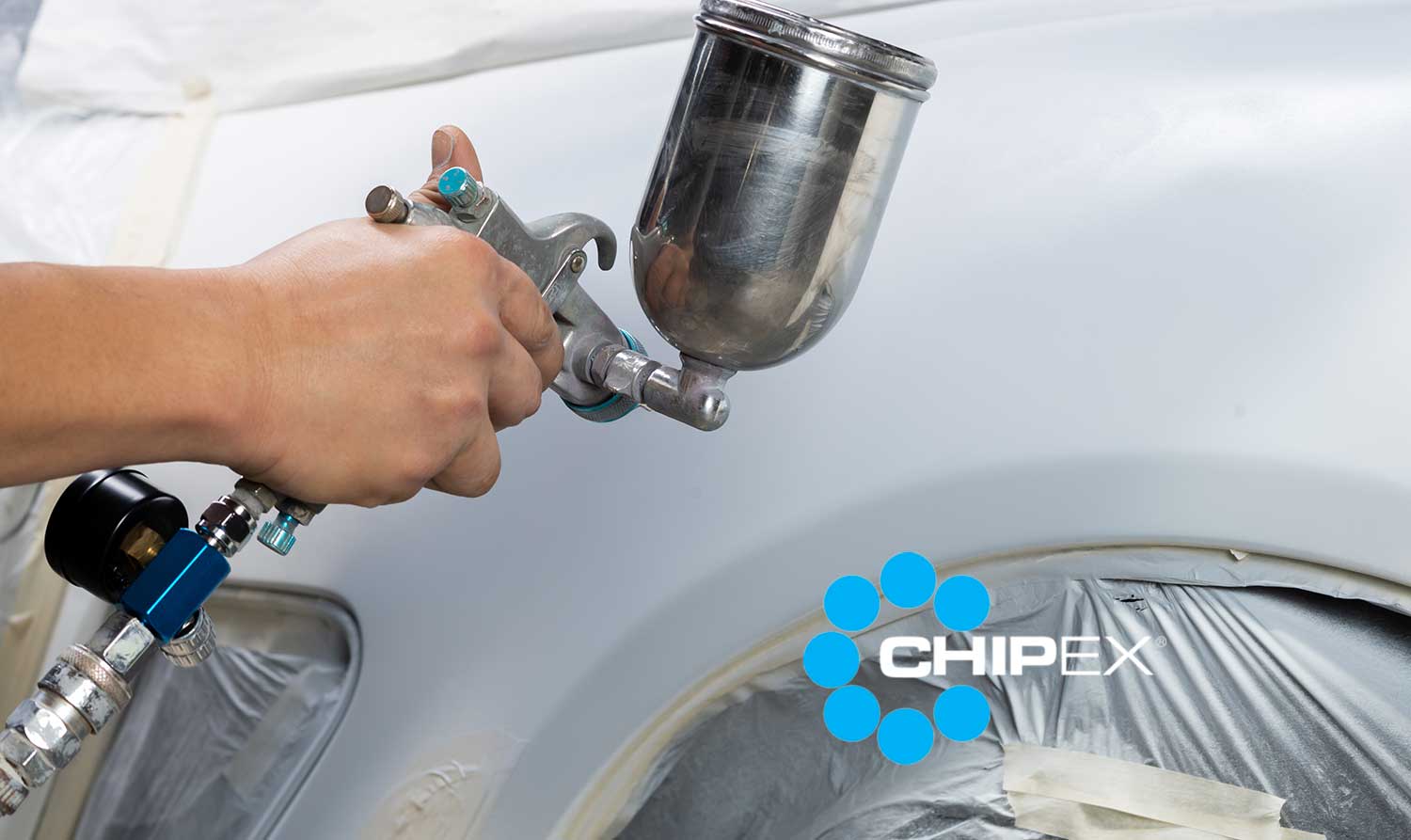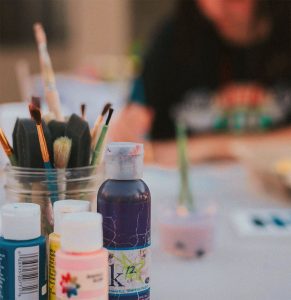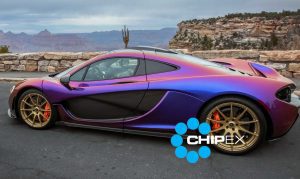Painting a car isn’t a task for just anyone. But with the proper equipment, you can repaint your vehicle of any size right at home. Before you take on the challenge, you need to understand the importance of car primer and how primer color affects the final paint color of your vehicle. In this article, we explain how automotive primer color affects your car’s paint and how to choose the right primer for your vehicle.

Search your car brand
brands

How Primer Works
Before diving in, let’s go back to the basics of car primer. Primer is a coating that protects your car’s metal body as well as provides a base upon which you’ll apply your paint. Without a primer coat, your car’s paint will have nothing to stick to.
A metal car body without a primer coat will reject paint. So if you’re making significant repairs or repainting your entire car, you’ll want to make sure you’ve got a quality primer serving as the foundation of the paint job.
Primer and Sealer
When planning to prime your car, don’t forget the sealer. A sealer bonds the primer to the basecoat, helping the paint stick and reducing the chances of a runny topcoat. Additionally, sealer fills in light scratches in your primer. It creates a smooth, even surface for your topcoat or base paint. Using sealer over the primer sets you up to have a sleek, even topcoat with no blemishes.
When applying a sealer, you must be aware of your timeline. If you let the sealer sit for too long before applying the topcoat, you’ll have to sand it, so the paint adheres. But if you don’t let it cure for enough time, the solvents will get trapped, resulting in solvent popping. If this happens, you’ll have to completely redo that section of your car.
And just like primers, sealers come in a variety of colors. We recommend utilizing lighter colored sealers if you’re painting your car a light color and dark sealers for blacks, blues, and greys.
Sealing your primer takes extra work, but you’ll be glad you put in the time and energy to do it. Sealers help you achieve a better topcoat finish and give you a final product that lasts.
Matching Primer Color Shades
While you do paint over your primer with a base coat, your primer still affects how the paint presents once it’s dry. You should choose your primer according to the shade of your car’s paint.
The majority of car primers come in black, white, grey, and red. Depending on the paint you’re using for your car’s base coat, you will choose one of these colors to build upon. Below, we explain the uses for each of these four primer colors.
-
Black Primer
For darker paint colors, like black, dark blues and greens, and other dark colors, use a black primer. Black primers yield deep, vibrant colors, especially when the hues are dark and rich. If you choose a black primer as the base for a dark color, like black, it will take fewer coats of paint to fully cover your car.
-
White Primer
White primer is ideal if you want your final coats of paint to pop. White primer yields a brighter finish than the other primers, and it’s your top choice for lighter car colors as well as metallic paints.
-
Grey Primer
You can utilize grey automotive primers in the same way you do a white primer. Grey primer is also ideal for metallic or pearlized car paints. It’s the most common car primer color, and it often slightly mutes the final paint shade.
-
Red Primer
Red primer is most often used on cars with rust issues. Its formula acts as a rust inhibitor, making it an ideal choice for older cars getting a paint job.
As you can see, you have a few options when you’re out picking primers for your car. Regardless of which primer color you choose, stay consistent. If you prime your vehicle with one shade of primer, use that same shade for all future paint jobs. Even the slightest change in primer shades can—and will—affect your car’s final coat of paint. Use the same primer every time you paint, and you won’t have to worry about color variations in your car.
The Importance of Coverage
As stated above, whether you drive a Ford or a Ferrari, choosing automotive primer shades is important. Selecting a primer that complements your basecoat will yield a finish that’s true to the color you choose. But primer color isn’t the only factor that contributes to your car’s final paint shade.
Total coverage can make all the difference in how your primer affects the final shade of paint. You should apply at least two layers of your car’s base paint after your primer and sealer have dried. You could apply more if you feel that your car’s paint hasn’t dried true to color.
Applying an even basecoat is a crucial step in ensuring your vehicle’s finish comes out perfectly. Spray the first layer of basecoat, holding your paint sprayer six to ten inches from the body of your car. Using even strokes, spray left to right.
Allow the first base paint layer to thoroughly dry. Utilize the same technique to add a second coat. At this point, you shouldn’t see any primer or metal, and your car’s final paint shade should match the color on the paint packaging. If it still doesn’t match to your liking, you can add one or two more layers until the paint perfectly matches.
Don’t underestimate the value of thorough base paint coverage. Even if your primer doesn’t match the final shade of your car, complete coverage can help you achieve the perfect final color.
Conclusion
You can see that car primer color plays a significant role in how your car’s paint dries. Darker primers yield deeper, darker colors, while a white primer gives you bright hues. Now that you know how primers affect your final paint shade, pick a primer that fits your paint color and get to work! Here are some tips for caring for your repairs.
Search your car brand
brands

Can’t find your color code? enter your details manually here


















































































